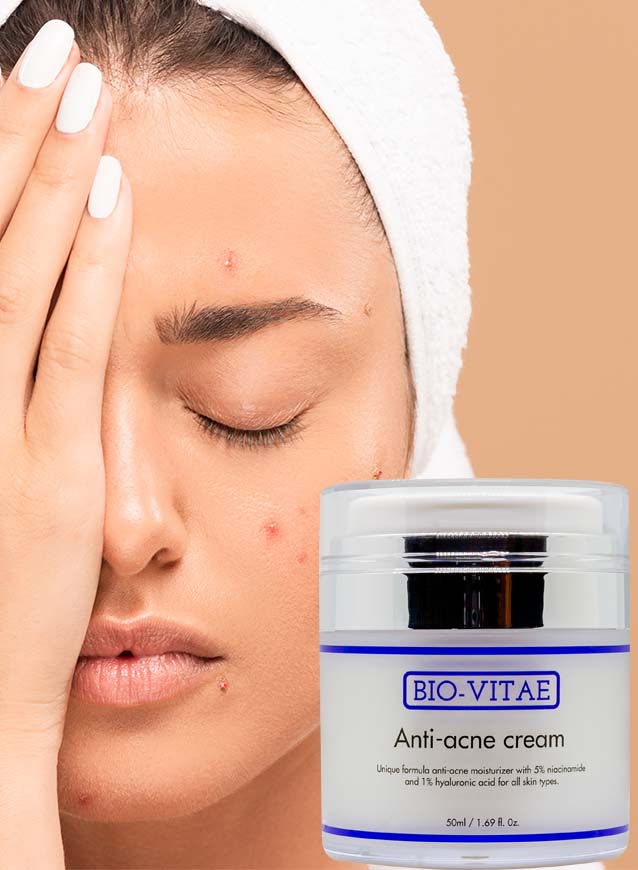There are four primary skin types

There are four primary skin types - this is how you take best care of your skin
The skin is the body's largest organ and protects us from external influences such as the sun's rays, pollution and bacteria. But our skin is not the same, and it is therefore important to understand what type of skin you have so that you can take the best possible care of it. There are four primary skin types: normal, dry, oily and combination skin. In this article, we will review the four skin types and give tips on how to care for your skin in the best possible way.
Normal hud
Normal skin has a healthy glow and is neither too dry nor too oily. It feels soft and supple, and the pores are small and almost invisible. If you have normal skin, it is important to maintain the healthy balance and avoid overstimulating the skin with too many products or treatments.
Dry skin
Dry skin feels tight and rough, and you can often see scales or redness. The pores are small and the skin lacks the natural glow and suppleness. Dry skin can be caused by a number of factors, such as weather conditions, age, genetics and certain medications. To care for dry skin, it is important to use a moisturizing cream and avoid using hot water to wash your face.
Greasy skin
Oily skin has a shiny surface and large pores. It often feels greasy or sticky, and you may experience frequent breakouts of acne or pimples. Oily skin is often caused by overproduction of sebum, and it is important to choose products that do not clog pores. A light, oil-free moisturizer and regular face wash can help balance oily skin.
Combination skin
Combination skin is a combination of normal and oily or dry skin. Often the T-zone (nose, forehead and chin) will be oily, while the cheeks will be dry or normal. Combination skin can be difficult to care for, as you have to take into account two different skin types. It can be a good idea to use different products for different areas of the face and avoid heavy or greasy creams.
No matter what skin type you have, it is important to take care of it carefully and avoid overstimulating or irritating the skin. Use mild products, avoid too much sun and remember to drink plenty of water to keep the skin healthy and moisturised.
References:
- Mayo Clinic. (2021). Skin types: Understanding your skin type. https://www.mayoclinic.org/healthy-lifestyle/adult-health/in-depth/skin-care/art-20048237
- American Academy of Dermatology. (n.d.). Dry skin: Tips for relieving. https://www.aad.org/public/everyday-care/s








